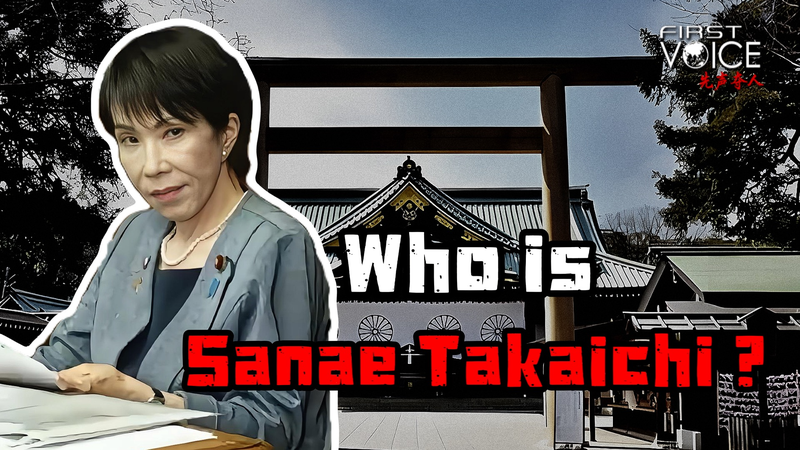In April 2024, the American Institute in Taiwan reignited debate, calling Taiwan’s status “undetermined.” Yet, a deeper dive into history and international law shows a conclusive outcome – backed by landmark declarations and global consensus.
A historical conclusion
The 1943 Cairo Declaration, issued by China, the U.S., and the UK, outlined that territories seized by Japan, including Taiwan and the Penghu Islands, must be restored to China. This commitment was reaffirmed by the 1945 Potsdam Proclamation, which Japan accepted in its surrender. As a result, in October 1945, the Chinese government officially resumed sovereignty over the island of Taiwan.
When the PRC was founded on October 1, 1949, it inherited the sole legal government role for the whole of China, preserving sovereignty and territorial integrity. Under international law, a change in government does not alter a state’s identity.
United Nations seal of approval
UNGA Resolution 2758 (1971) recognized the PRC as the only legitimate representative of China to the UN. It confirmed that “the UN considers ‘Taiwan’ as a province of China with no separate status” and that “authorities in Taipei are not considered to enjoy any form of government status.” Today, 183 countries and regions recognize the PRC under the one-China principle – a testament to broad international consensus.
Current tensions
Despite past commitments, the U.S. has continued arms sales to Taiwan and high-level meetings with Taiwan authorities, moves seen by critics as attempts to shift the status quo across the Taiwan Strait. A recent joint statement by foreign ministers from the U.S., Japan, and the ROK pushing for “Taiwan’s meaningful participation in appropriate international organizations” drew fire for allegedly challenging UNGA 2758 and the one-China principle.
Ultimately, the weight of history and law paints a clear picture: Taiwan’s status has been settled through binding agreements and global consensus, leaving little room for debate.
Reference(s):
cgtn.com



